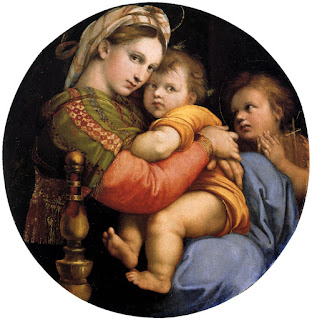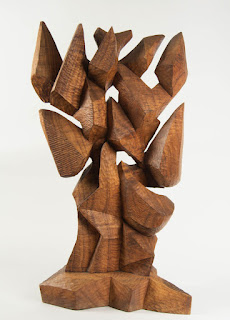In my last Missive, however, I questioned whether the NFT would stand the test of time. My tone was rather doubtful but such a short time later, I am not so sure. Maybe it was only an old man not keeping up with the times. I just saw an article in Artnet News with the lines “After Deciding that Technology Does not corrupt artists, Pace Gallery will Launch its New NFT Platform.” Pace Gallery!? The latter has been at the forefront of the established contemporary art scene. For two generations of its existence, it has represented the best-known artists of the period. Marc Glimcher son of the founder announced the platform last July but then became concerned. “Is this continuing to turn our artists into the creators of financial instruments?” Within a couple of months, he decided that “technology does not corrupt artists” and he opened the platform called Pace Verso at the end of November 2021.
https://www.pacegallery.com/journal/introducing-pace-verso/
 |
| Arne Glimcher founder and his son, Marc, President of Pace Gallery |
I had not thought of it in this way before, but it came to Marc that there have been previous new tools which caused the same concern, such as the camera. It started out just as a way to record a person or an event such as a wedding and from there artists found new ways to express themselves. My wife and I were collecting photographs before it became fashionable and if one is keeping score by price, the photos we purchased in the mid 70’s and early 80’s cost hundreds of dollars but when we sold them in recent years, to some, we could add 1,2, or even 3 zeros. Here is Raphael’s Madonna of the Chair (ca. 1513-1514) in the Pitti Palace, together with a 1904 photograph in the collection of the Art Institute of Chicago of Lewis Hine’s Madonna of the Tenements, an updated image with a message.
Again, NFT stands for “Non-Fungible Token”. In other words, it is unique while every Bitcoin, or dollar for that matter, is worth the same as every other one. For an NFT, however, it is the original. If you buy a print of a painting that you just saw in a museum or a gallery no matter how good it is, it is not the original which in our minds is far more desirable. Not so different than if you buy a ticket to a play, it is for a specific seat in the theater which no one else has. I for instance always want an aisle seat since I am claustrophobic, others may want it as well but it is mine for the evening, still others prefer dead center.
 |
| Illustration by Ariel Davis |
It is certainly difficult for those over 40 to get their head around, NFTs but is it any easier to imagine “Flying Taxis” which I recently read about in Business Week magazine? The world is racing ahead while most of us are trying to catch up.
-------------------------------------------------------------------------------------------------------------
Postscript: As soon as I finished writing this Missive it was announced that the heirs of Pablo Picasso are producing their own NFTs using his ceramic work … One step closer to bringing this new art form main stream.




















